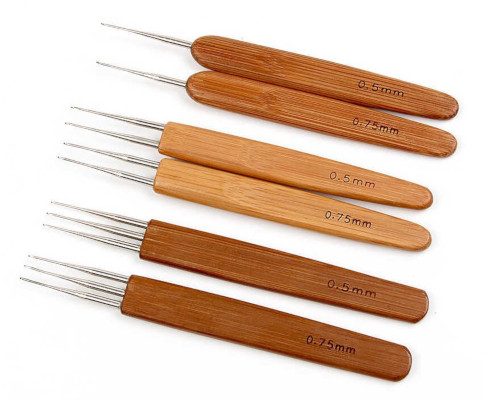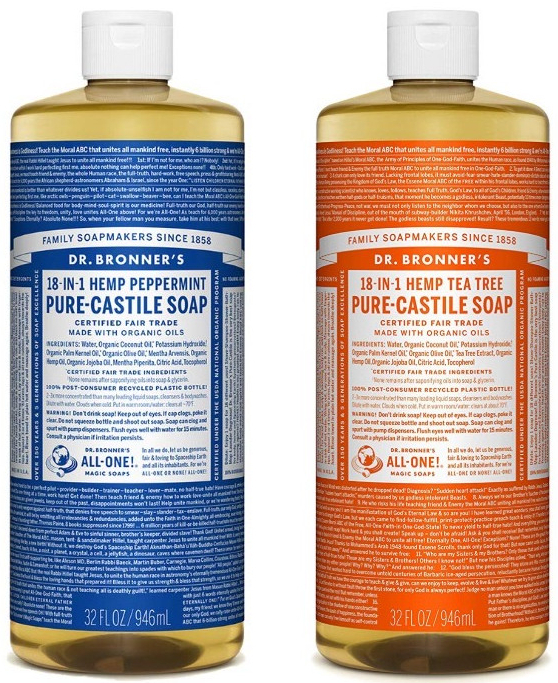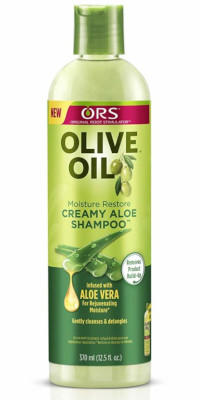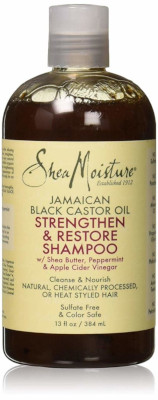Through my journey as a loctician, providing dreadlock installation, maintenance, repair, and styling services to people from Edmonton and surrounding areas, I’ve been asked numerous questions about dreadlocks by my clients. These topics have been asked about so frequently enough for me to know that there is still a gap in knowledge about them. This is my attempt to clear up all the questions (and misconceptions) one may have about dreadlocks and the experience of having them.
What are crochet dreadlocks?
Crochet dreadlocks are dreadlocks created using a crochet hook

This method of dreadlock installation, dreadlock maintenance, and dreadlock repair is known as the Crochet Method. With the Crochet Method, a crochet hook is used to pull hair strands into each other to form a single lock of hair, known as a dreadlock. Sectioning hair throughout the head, usually using a Bricklay sectioning layout and continuing to form one dread at a time in each section results in a head of dreadlocks. The length of time required to do this varies depending on the length of hair one is working on and the desired thickness of the dreadlocks.
Is the Crochet Method the same as the Interlocking Method?
The Crochet Method should not be confused with the Interlocking Method (also known as latch hooking). These are totally different. With the Interlocking Method, a latch hook

is used. On the other hand, the Crochet Method involves the use of a crochet hook for dreadlock installation, dreadlock maintenance and more. There are disadvantages of using the interlocking method for dreadlocks. The main one is that, more often than not, interlocking dreadlocks results in uneven dreadlocks that are bumpy and this method is painful. The Crochet method results in even dreadlocks and is more comfortable. Please make sure your hairdresser knows the difference between the two methods and uses the Crochet Method and an actual crochet hook to install and maintain your dreadlocks.
Why should I consider crocheting my dreadlocks over other methods used to start and maintain dreadlocks?
- When installing and maintaining your dreadlocks using the crochet method, the chances of having deposits and buildup on dreadlocks resulting from using products such as wax is reduced dramatically.
- Unlike with other methods, the crochet method instantly locks the dreadlocks and one does not have to wait for months on end to see these results
- Dreadlocks installed and maintained using the crochet method have the same thickness from root to tip. It’s a challenge to achieve this using other methods such as the Interlocking Method which gives dreadlocks a braided and bumpy look
- Crocheting dreadlocks is more comfortable than other methods such as interlocking and twisting which are said to be painful
How often do I need to maintain my hair with crochet dreadlocks?
This varies from one person to another depending on the speed of hair growth as well as the look one hopes to achieve. On average, I personally crochet dreadlocks every 4 – 6 weeks to maintain a tidy look. However, some people may prefer the look that comes with having some hair growth and may, therefore, prefer to wait a little longer between dreadlock maintenance periods.
My hair is relaxed, can I get crochet dreadlocks?
Absolutely! The Crochet Method works on all hair types, kinky, straight or curly! As long as your hairdresser has the correct handle of the Crochet Method, they should be able to get your hair dreadlocked, no problem!
How often should I wash my dreadlocks and what should I use?
Generally, dreadlocks require moisture, time and friction to mature. Having said this, there is a two-part answer to this question depending on the stage of your dreadlocks.
For starter dreadlocks, applying plain water to them once every week or two will aid in the locking process. Washing with shampoo, however, should be stretch out to once after every three months because the majority of shampoos are detanglers and these will untangle the starter locs thereby delaying the locking process.
For mature dreadlocks, the same three-month stretch between washes is recommended mainly because washing dreadlocks too often strips the hair of its natural oils leaving it brittle and susceptible to breakage.
I highly recommend Dr. Bronners Peppermint soap and Dr. Bronner’s Tea Tree soap for washing dreadlocks. Other shampoos that can be considered are ORS Olive Oil Creamy Aloe Shampoo and Shea Moisture Jamaican Black Castor Oil Shampoo for washing dreads just before dreadlock maintenance:


